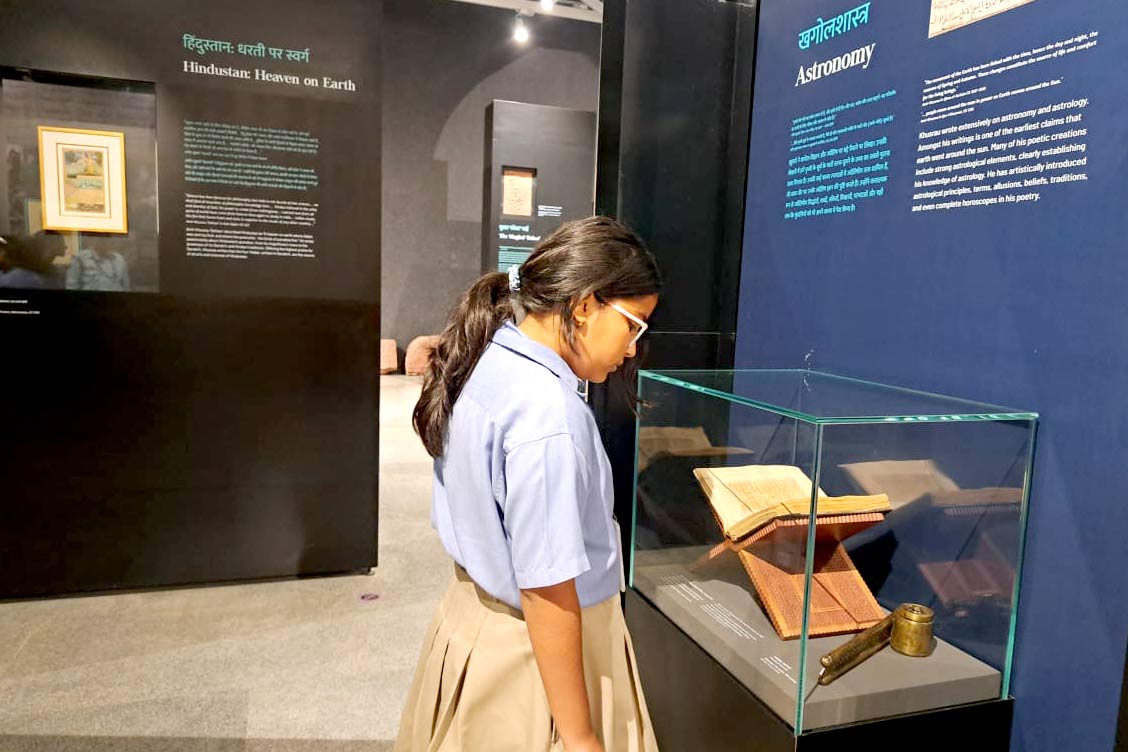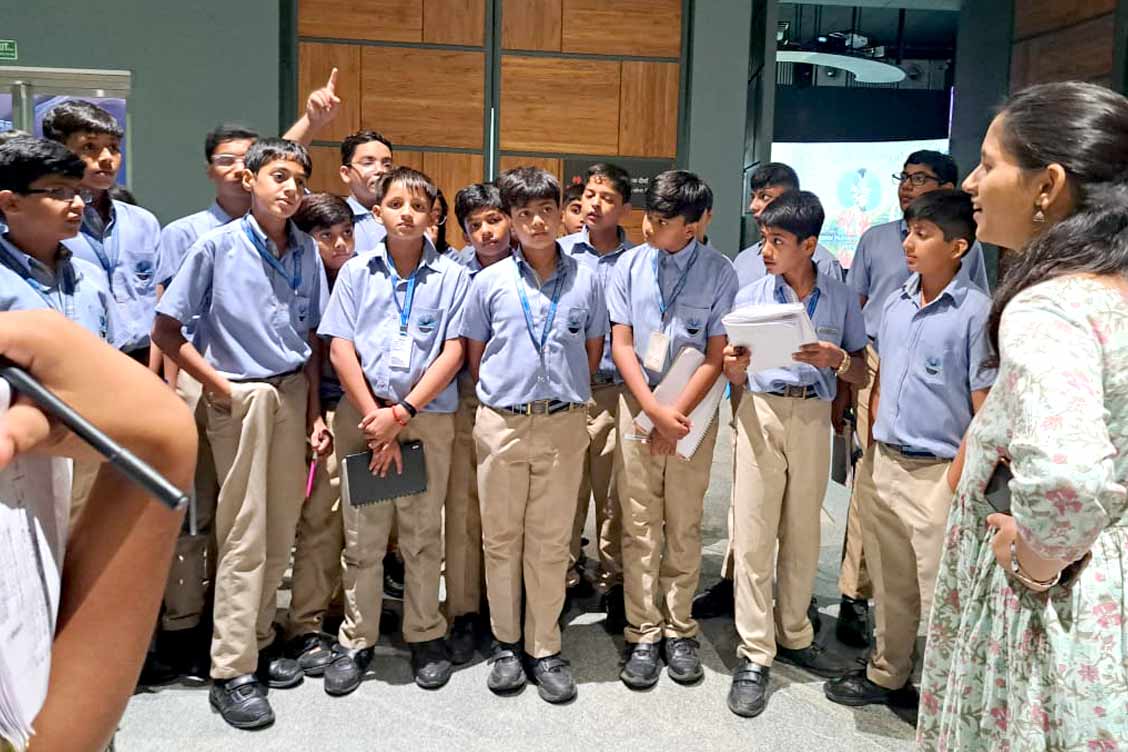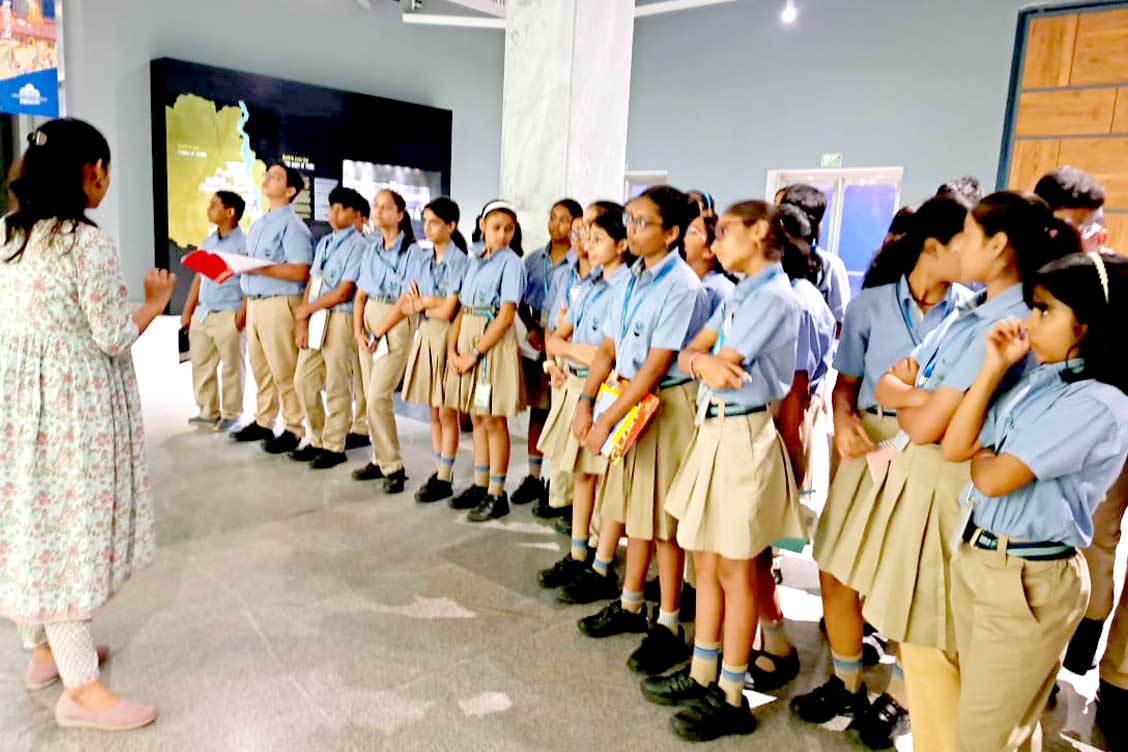In an effort to bring classroom lessons on Mughal history to life, students embarked on an enriching educational trip to Humayun’s Tomb on 11th and 12th September 2024. The visit provided a unique opportunity for students to connect their academic studies with the real-world historical context of one of India’s most iconic Mughal monuments.
Immersive Experience at Humayun’s Tomb
The two-day excursion to Humayun’s Tomb aimed to deepen students’ understanding of Mughal history through direct engagement with the site’s historical and architectural significance. As one of the finest examples of Mughal architecture, the tomb offered a rich backdrop for exploring themes of craftsmanship, design, and historical events that shaped the Mughal era.

Activities at Humayun’s Tomb Museum
During the visit, students had the opportunity to explore the Humayun’s Tomb Museum, which features three well-curated galleries. These galleries provide insights into:
Mughal Architecture: Students examined the intricacies of Mughal architectural design, including the use of red sandstone and marble, intricate inlay work, and the distinctive garden layout.
Historical Significance: The museum’s exhibits offered a deep dive into the historical context of Humayun’s Tomb, including its construction under the order of Empress Bega Begum, and its influence on later Mughal architecture, including the Taj Mahal.
Craftsmanship: Detailed displays highlighted the exceptional craftsmanship involved in the tomb’s construction, showcasing the artistic and engineering skills of the period.
Guided by experienced teachers and museum experts, including Ms. Nidhi, the students gained valuable insights into the historical and cultural relevance of the tomb. The expert guidance helped illuminate the architectural innovations and historical events associated with the Mughal Empire.

Reflection and Learning
Upon returning from the trip, students engaged in a reflection activity to share their observations and connect their on-site experiences with their classroom learning. This reflection exercise was designed to enhance their understanding of Indian heritage and Mughal-era architecture by bridging theoretical knowledge with practical, real-world observations.
The reflective discussions enabled students to articulate their insights into the architectural techniques and historical significance of Humayun’s Tomb, reinforcing their connection to the subject matter and enriching their appreciation for Mughal history.

The trip to Humayun’s Tomb was a successful educational endeavor that brought historical studies to life for the students. By immersing them in the rich context of Mughal architecture and history, the visit fostered critical thinking and observational skills. It also deepened their understanding of Indian heritage, providing a memorable and impactful learning experience.
This excursion highlighted the importance of experiential learning in history education, demonstrating how real-world experiences can enhance students’ comprehension and appreciation of their studies. The integration of classroom lessons with practical exploration continues to be a vital approach in cultivating a deeper understanding of historical and cultural contexts.

